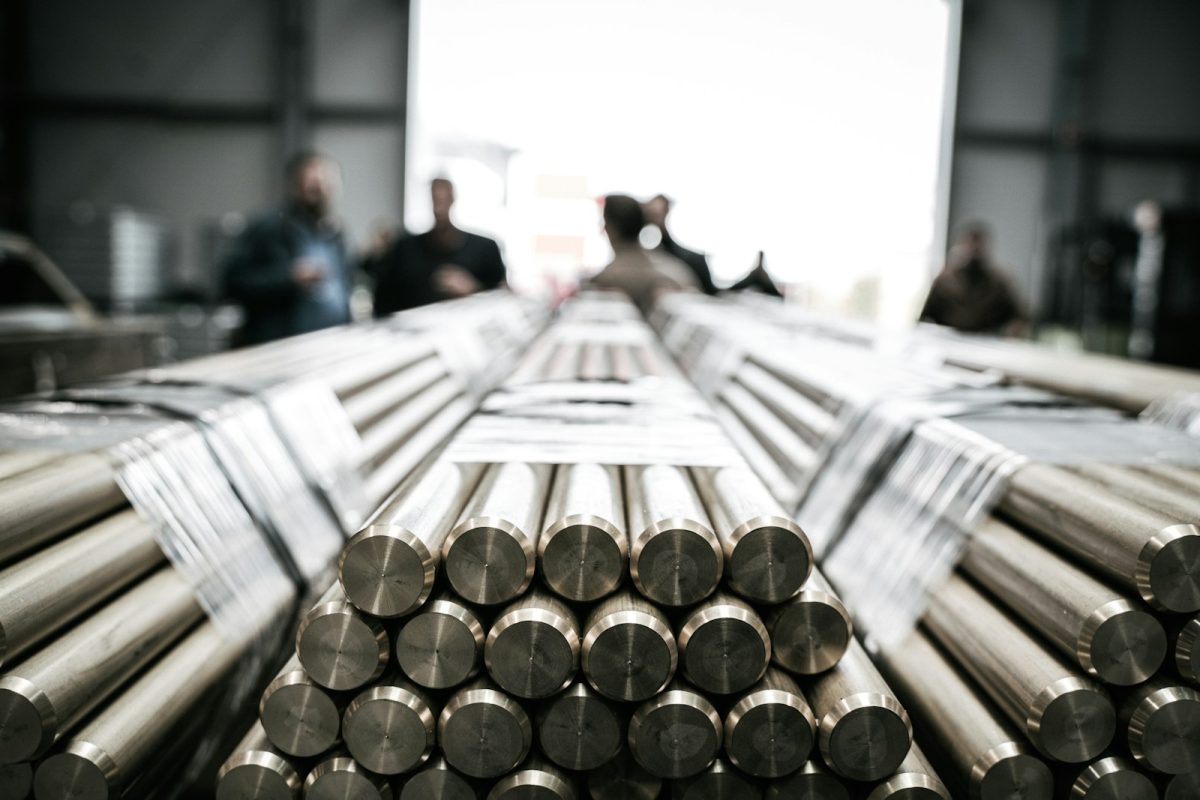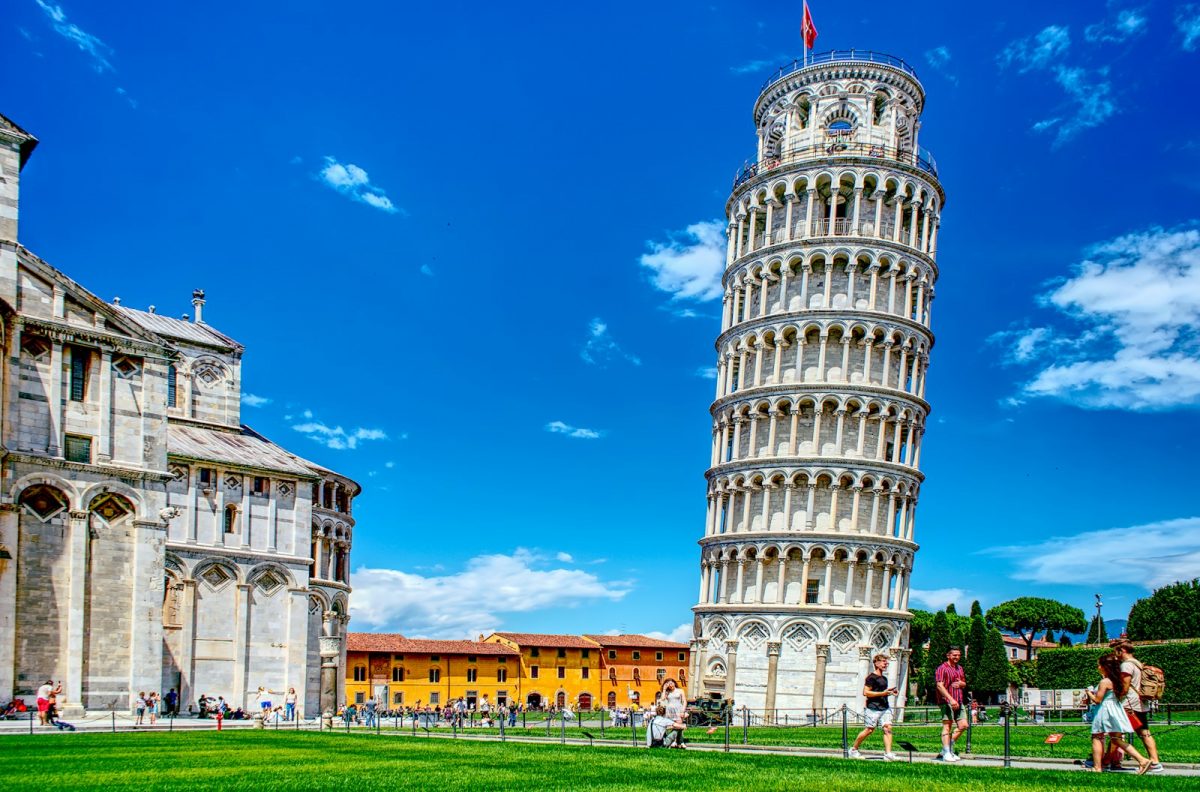Skyscrapers, those towering symbols of modern cities, have a rich and fascinating history that dates back to the late 19th century. These impressive structures have not only transformed city skylines but also revolutionized the way we live and work. The history of skyscrapers is a testament to human ingenuity, technological advancement, and the ever-changing nature of urban landscapes.
The birth of skyscrapers can be traced back to the late 19th century in the United States. The first skyscrapers emerged in response to the increasing demand for office and commercial space in crowded urban centers. Steel frame construction and elevators allowed buildings to reach unprecedented heights, paving the way for the iconic skyscrapers we see today.
One of the most iconic early skyscrapers is the Home Insurance Building, completed in Chicago in 1885. Designed by architect William Le Baron Jenney, this 10-story structure is widely considered the world’s first skyscraper. Its innovative use of a steel skeleton frame set a new standard for tall buildings and laid the foundation for the skyscrapers that would follow.
The early 20th century saw a rapid proliferation of skyscrapers, especially in New York City. The completion of the Woolworth Building in 1913, standing at 792 feet, made it the world’s tallest building and showcased the potential of skyscrapers to reach unprecedented heights.
The construction of skyscrapers continued to evolve throughout the 20th century, with advancements in engineering and design leading to even taller and more ambitious structures. The Empire State Building, completed in 1931, became an enduring symbol of American innovation and ambition, standing at 1,454 feet and holding the title of the world’s tallest building for several decades.
The history of skyscrapers is also a story of architectural innovation and iconic design. Visionary architects such as Ludwig Mies van der Rohe, Frank Lloyd Wright, and Skidmore, Owings & Merrill have left an indelible mark on the skyline of major cities with their groundbreaking skyscraper designs.
Today, skyscrapers continue to capture the imagination and stand as testaments to human achievement. The Burj Khalifa in Dubai, standing at a staggering 2,717 feet, holds the title of the world’s tallest building, showcasing the ongoing evolution of skyscraper engineering and construction.
In conclusion, the history of skyscrapers is a testament to human ambition, innovation, and the ever-changing nature of urban landscapes. From humble beginnings in the late 19th century to the awe-inspiring structures of today, skyscrapers have shaped how we live and have become enduring symbols of progress and modernity.
Related Articles
https://www.britannica.com/technology/skyscraper
https://www.thoughtco.com/how-skyscrapers-became-possible-1991649
https://www.digitalhistory.uh.edu/disp_textbook.cfm?smtid=2&psid=3050
https://everything-everywhere.com/the-history-of-skyscrapers/
Take Action






